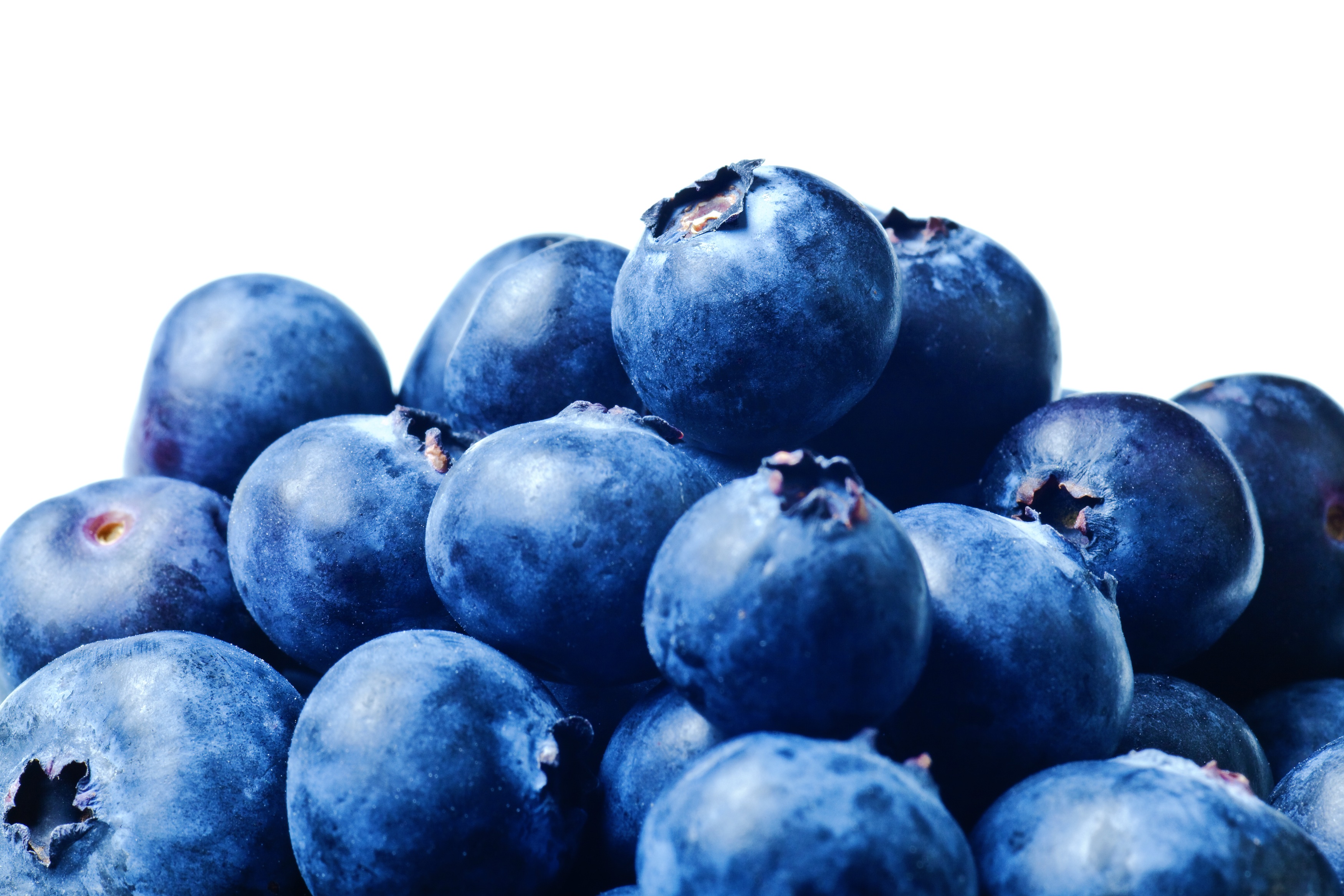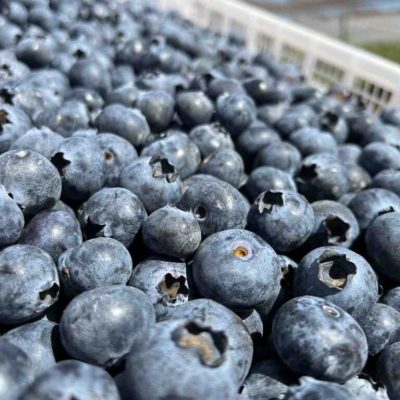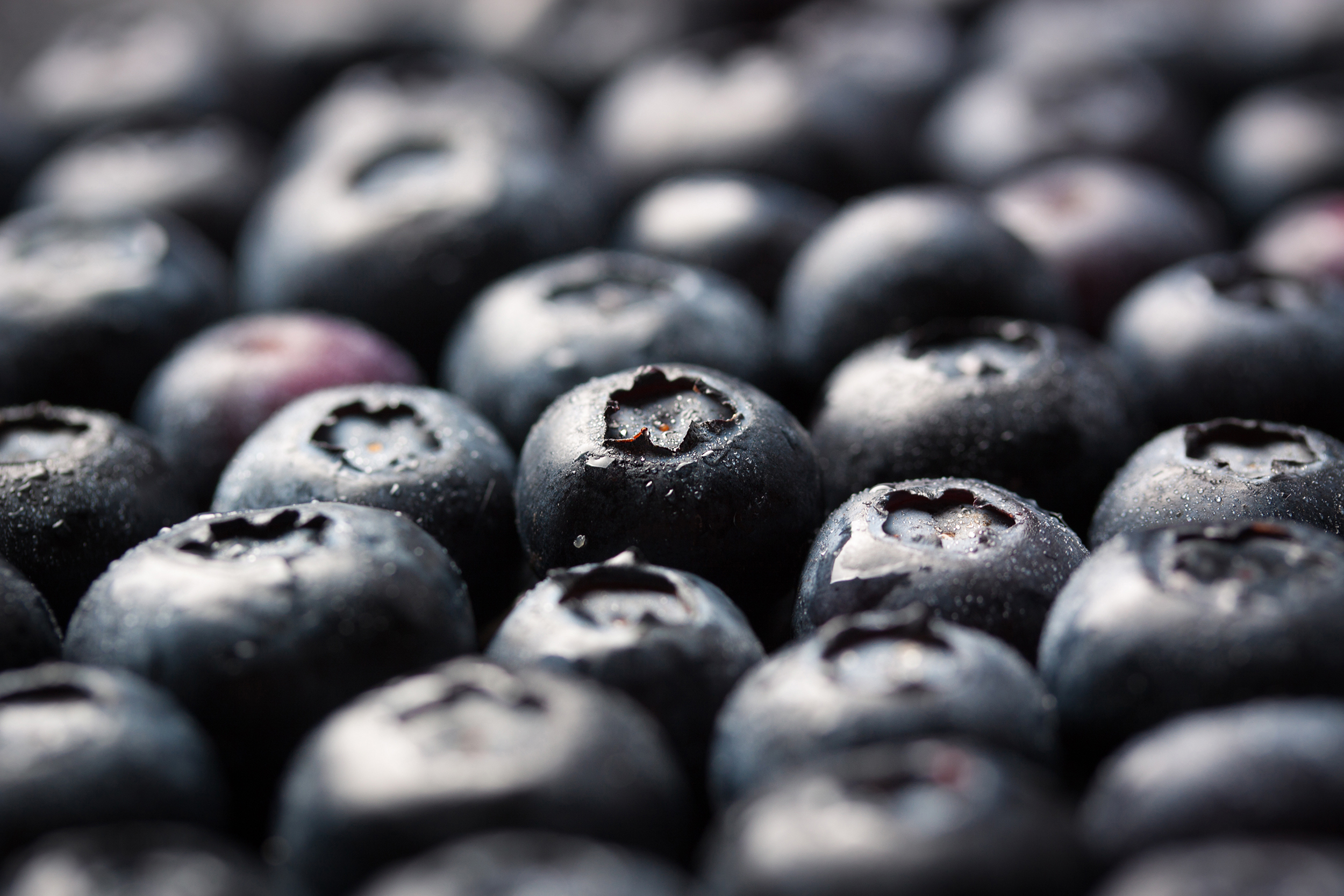Blueberry pack sizes continue to increase
Within a couple of years, the 12-ounce pint container may well be the standard pack size for blueberries grown in Chile.
At least that’s the opinion of Mike Bowe, president and owner of Dave’s Specialty Imports, Medley, Fla.
The trend is toward larger packs, he said.
Already, the once popular 4.4-ounce pack “basically no longer exists,” he said.
Bowe attributes the larger pack sizes to increased volume of blueberries coming from several countries.
“It’s more of a global thing,” he said. “When everybody is running on all cylinders, you’re looking at a decent amount of volume arriving.”
If sources like Chile don’t have outlets for their blueberries in Asia or Europe, their fruit will come to the U.S., he said.
“If that’s the case, we’re going to see that 6-ounce packages will fade out in a couple of years, and the common size will be more of a pint — maybe on a year-round basis,” Bowe said.
Mario Flores, director of blueberry product management for Naturipe Farms, Salinas, Calif., agreed.
“As volumes increase, the industry needs to come to grips with the fact that they need to be able to match the pack with the volume,” he said.
“We cannot try to hold on to certain packs that may have been traditionally packed or traditionally seen as the profitable pack,” he said.
The industry must offer the appropriate pack size “to move the crop in an effective manner in the marketplace to maximize grower return,” Flores said.
“When the industry is fragmented in their go-to-market strategy on pack size, that’s when you will have confusion in marketplace, and you will have inefficient movement of the crop, and thus lower returns to the growers.”
Chilean growers start out their program shipping 6-ounce clamshells of blueberries by air early in the season, said Robert Von Rohr, director of customer relations for Sunny Valley International Inc., Glassboro, N.J.
Once enough product is available to fill shipping containers, which usually is right after Thanksgiving or in early December, “they’re all pints,” he said.
Pints and 18-ounce clamshells are the primary sizes that growers ship during the peak season, he said.
Years ago, 4.4-ounce sizes would kick off the season for the imported deal, he said.
“We’re seeing mostly 6-ouncers now.”
As volume from the Southern Hemisphere increases, so does the pack size, said Jason Fung, director of category development for The Oppenheimer Group, Vancouver, British Columbia.
“We continue to see an increase in 18-ounce (packages),” he said.
“From a retail standpoint, it creates some exciting opportunities when you look at promotions and the ability to increase consumption.”







